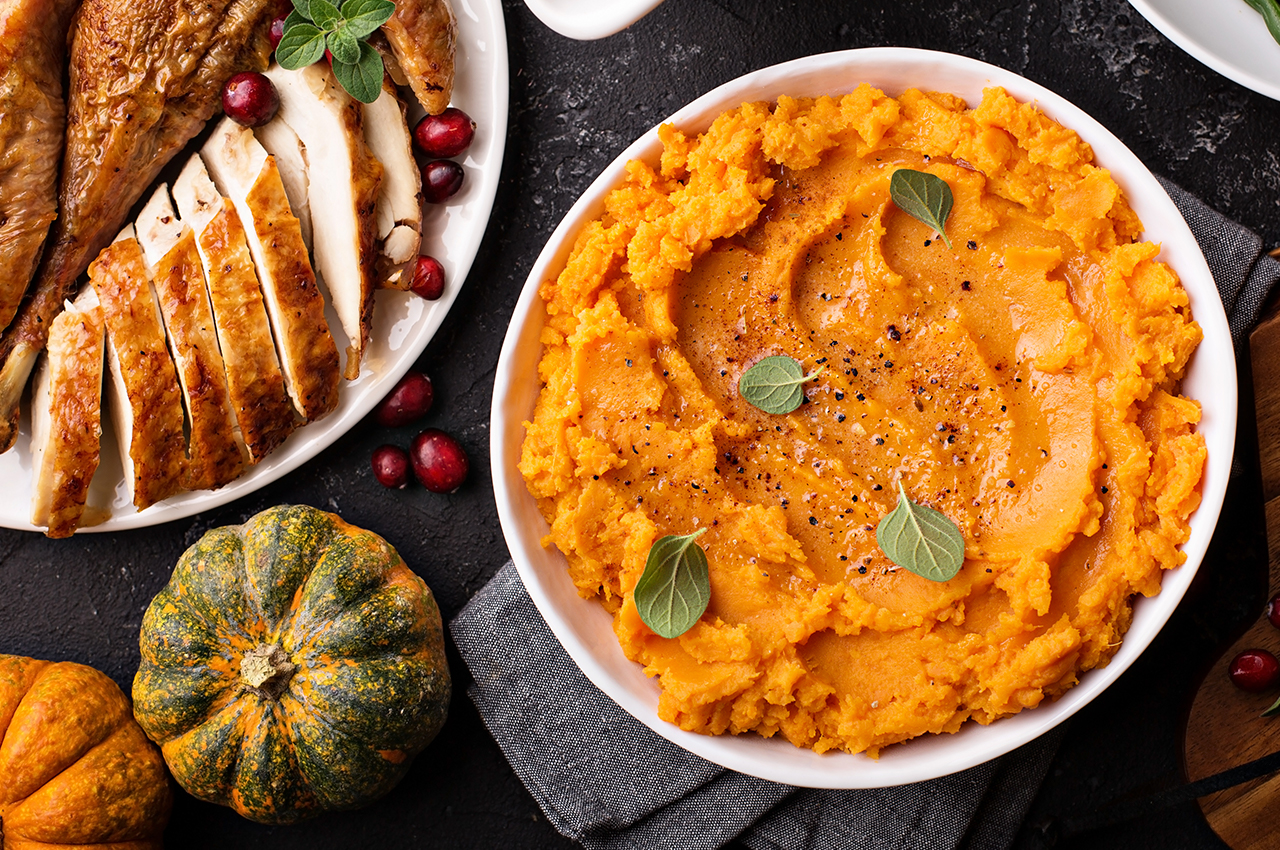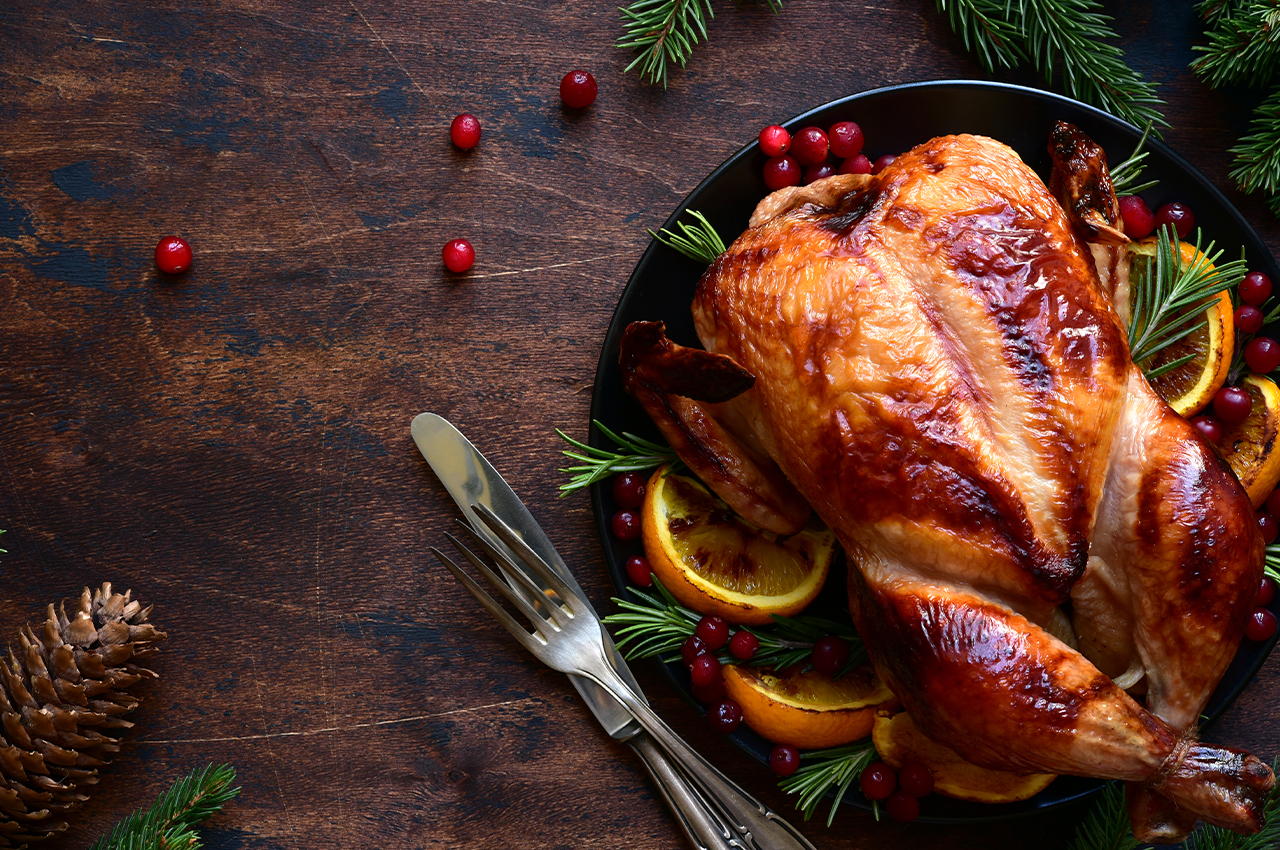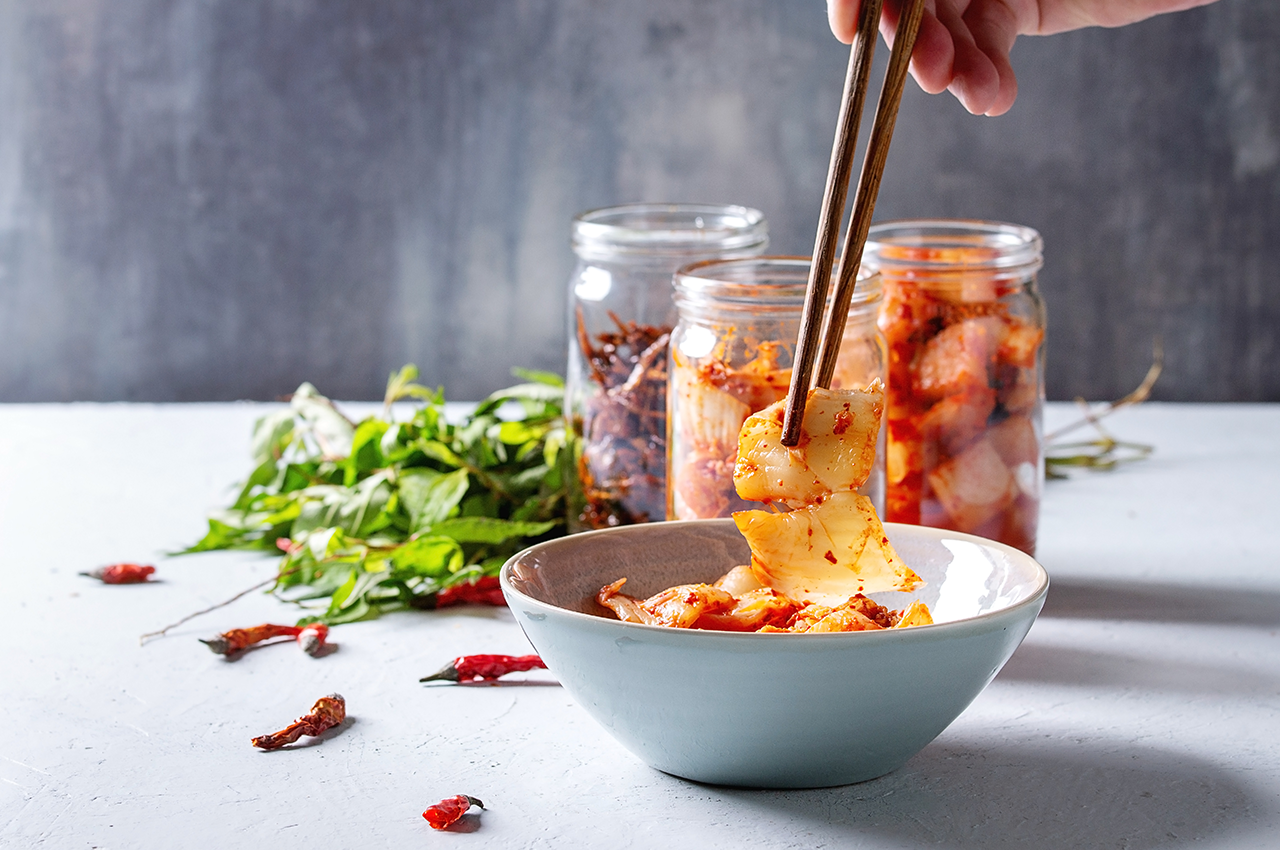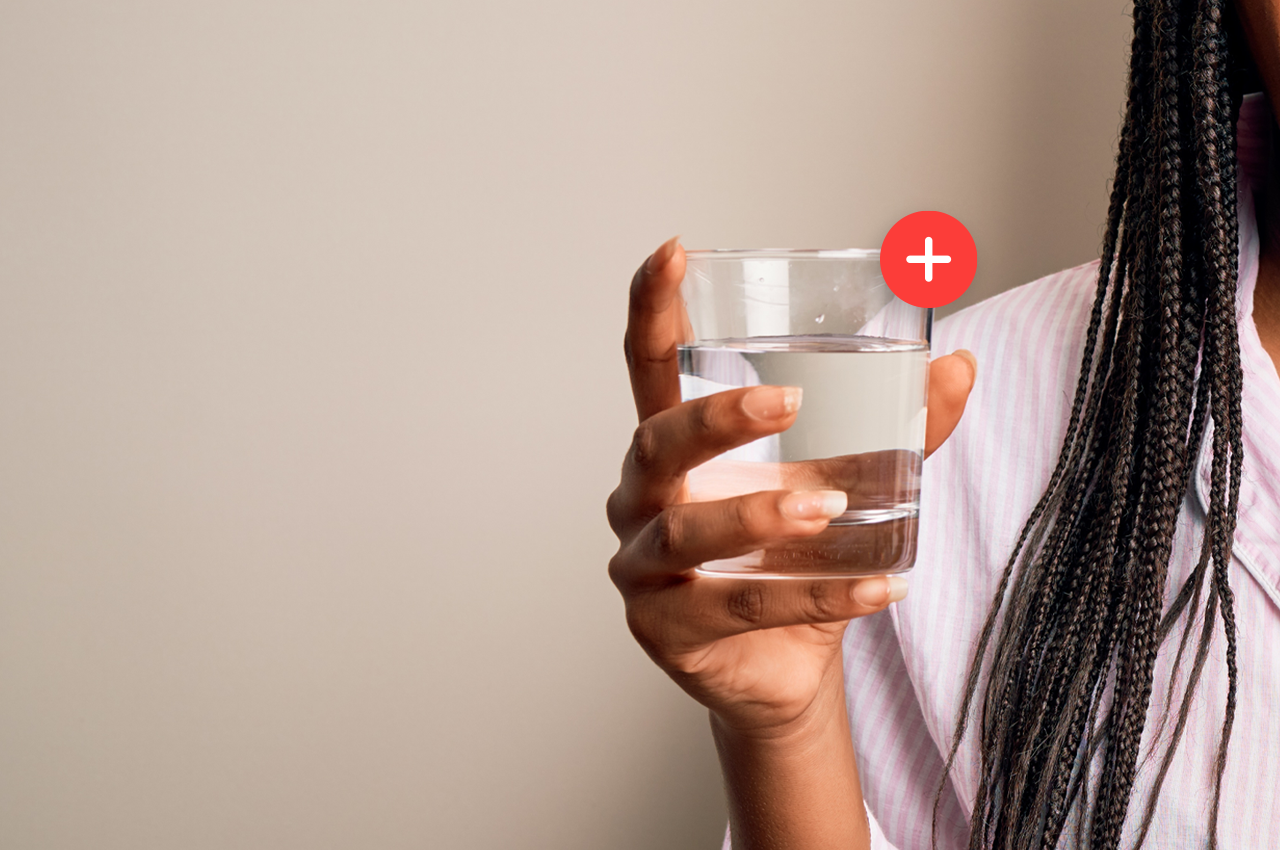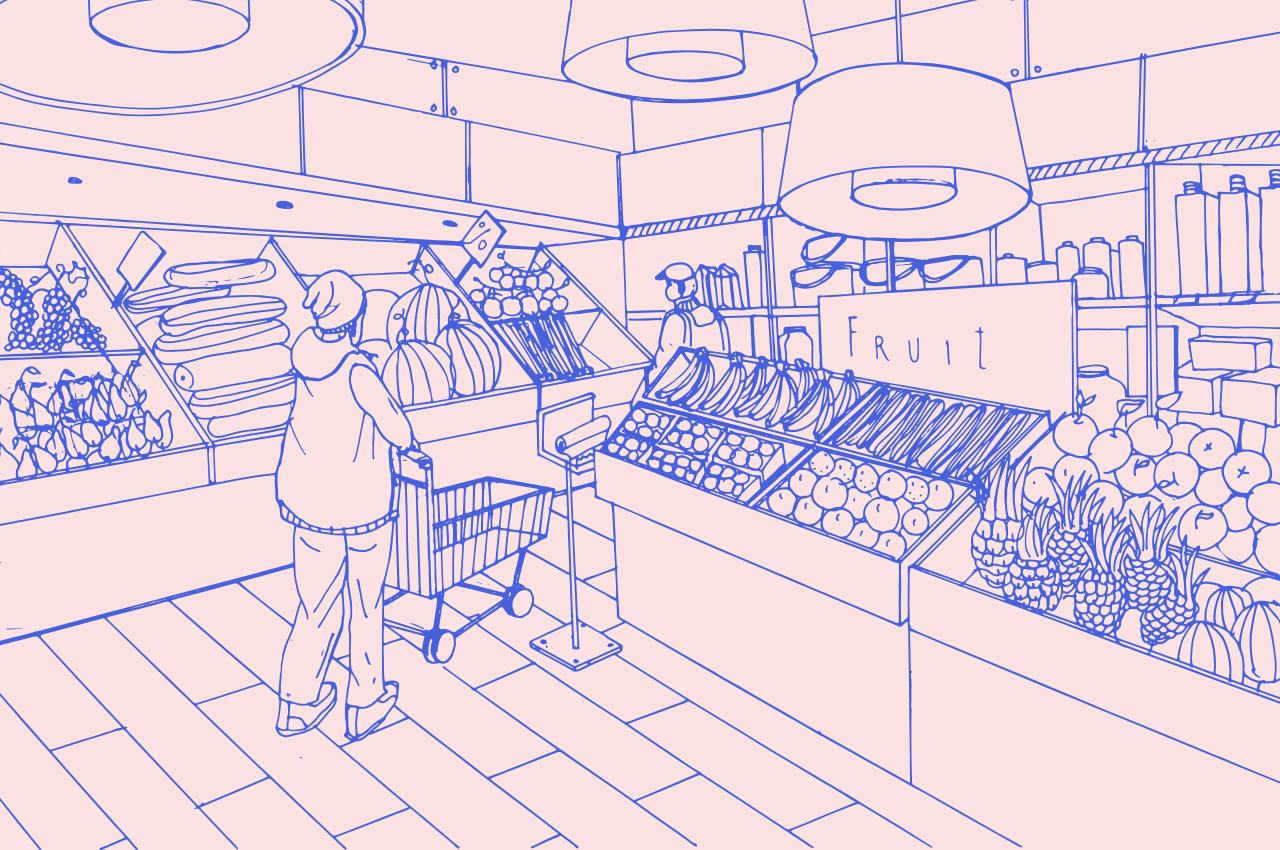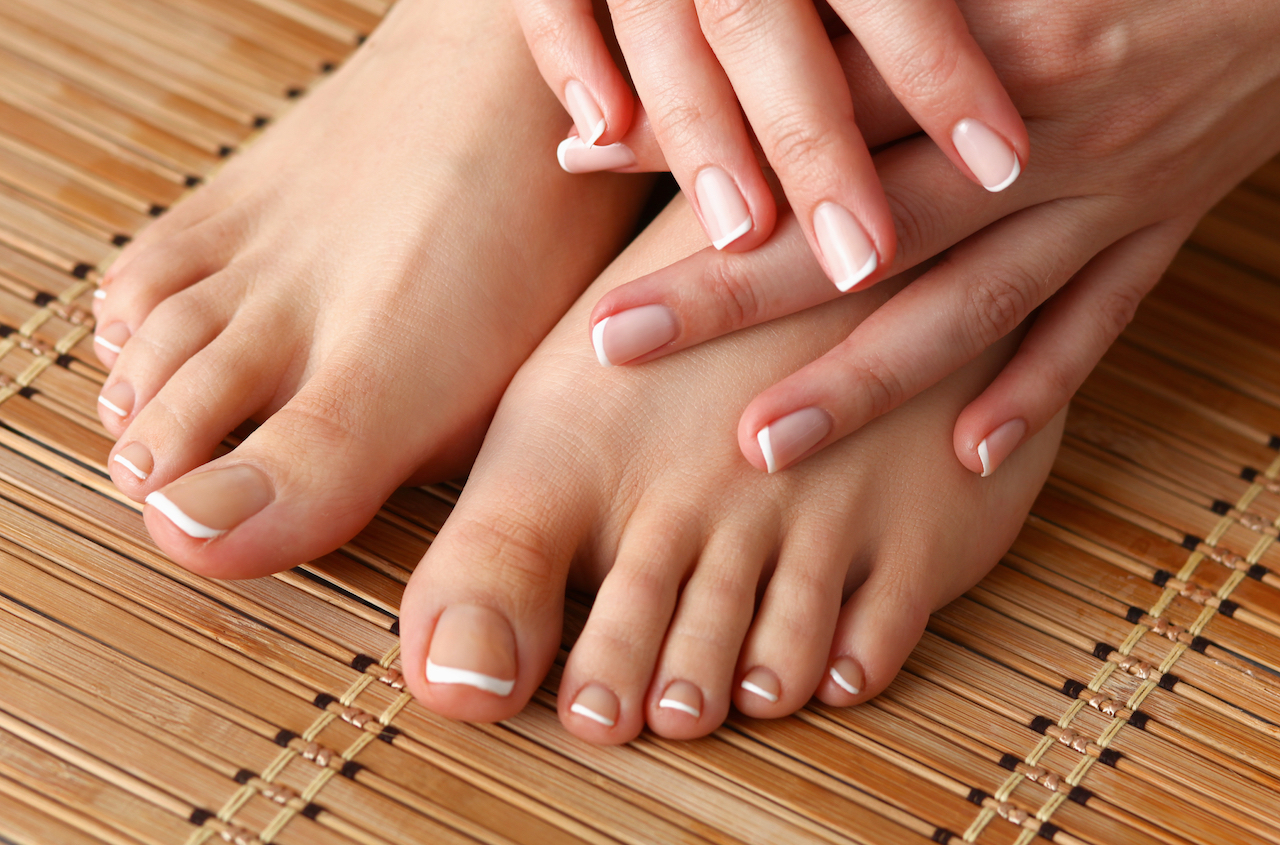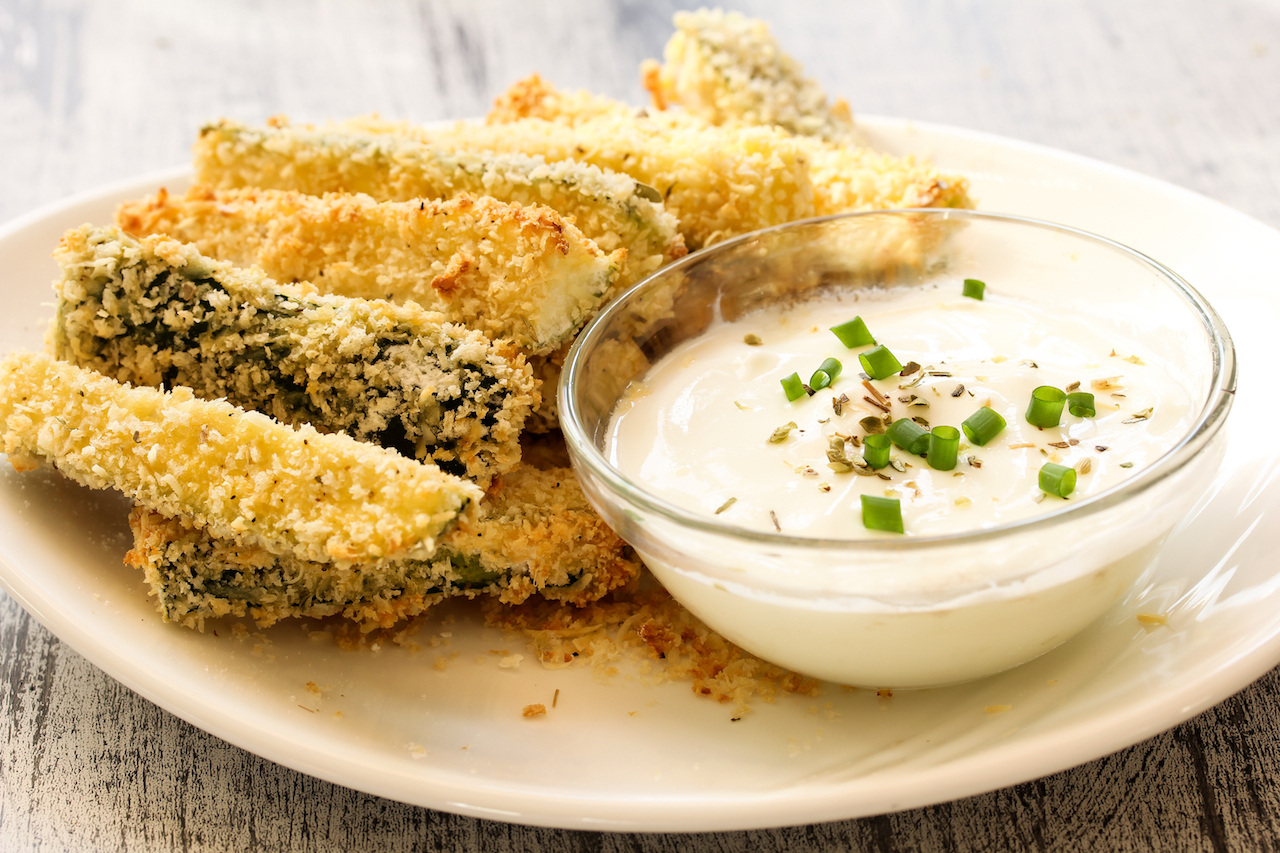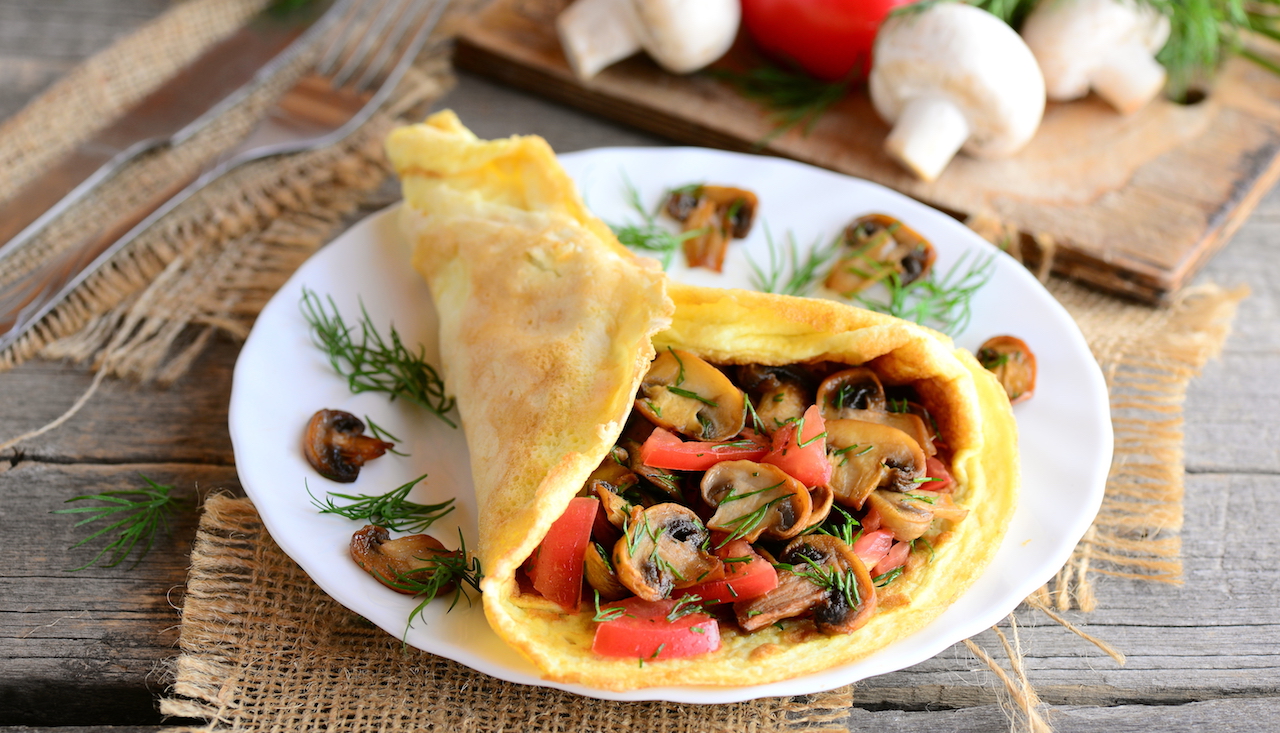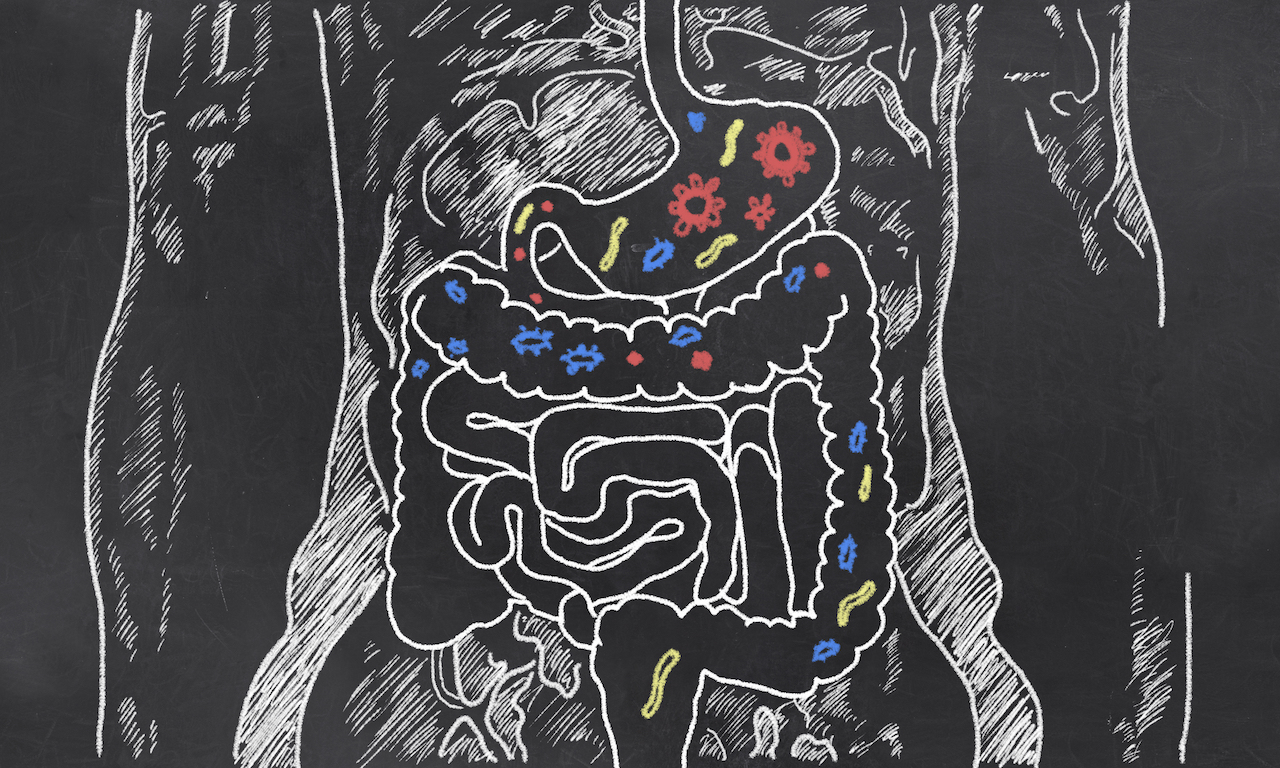Think of a side dish with meat and most people will mention pasta, potatoes or rice. Unfortunately these are all high in carbs, but low in fibre and other essential nutrients. These types of foods also cause your blood sugar levels to rise quickly. They don’t keep you full for long though, and you usually feel hungry again a short time later when your blood sugar levels drop – tempting you to eat even more. This often leads to weight gain. However, many people find that they lose weight easily, once they limit or eliminate these foods from their diet. Opting for complex carbs, which have a lower impact on your blood sugar level and are also higher in fibre and essential nutrients, is a better choice.
Healthier choices include vegetables like butternut, carrots and sweet potatoes, which can be prepared many different ways: grilled, steamed, roasted or even mashed! They’re even more delicious if you season them with fresh ingredients like lemon, garlic, herbs and olive oil. Other great mash ingredients are chickpeas, lentils and beans. Simply drain a tin and mash together with cooked butternut, carrots or sweet potatoes.
Here’s our alternative to traditional mashed potatoes!
Butternut & Sweet Potato Mash
Ingredients:
- 3 sweet potatoes
- 1 medium butternut
- Lemon juice, salt and pepper
- 15 ml (1 tbsp) olive or avocado oil
- 15 ml (1 tbsp) fresh thyme leaves
Method:
- Peel and cut vegetables into small, even-sized cubes. Place in a saucepan with a small amount of water and a pinch of salt.
- Cover with a lid and bring to the boil, then reduce the heat and simmer for 30-35 minutes or until the vegetables are soft.
- Drain the cooking liquid, but reserve it. Mash the vegetables until smooth, and add some of the cooking liquid if necessary. Season to taste and add lemon juice, salt and pepper, oil and herbs. Serve as a side dish along meat, fish or other vegetable dishes
Tip
- Spices like cinnamon and nutmeg also work well with this mixture
Serves 6
Recipe: Food Consultant, Heleen Meyer

